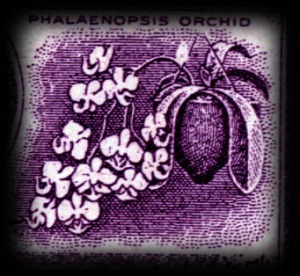This weekend’s live-recorded call in the Dialogue2010 series left me reeling. Ten women scattered in Turkey, the Czech Republic, Italy and four U.S. states came together to discuss mapping the hybrid life, moderated by Rose Deniz.
The hour was early for those of us in Europe and Asia so we could catch the late night callers in Washington and California — but that’s not the reason for the ringing in my ears.
The 90-minute talk, touching on what we hold on to and what we leave behind and the qualities we rely on to live in several different worlds at once, was so resonant it felt like being part of a carillon.
Bells were going off with each speaker’s comment, one percussion setting off the next.
We represented wildly different notes: a Third Culture Kid with a parent in the United Nations who grew up on airplanes, the daughter of Turkish emigrants in New York who was thrilled to start school and join a wider community, a Dutchwoman grappling with a new size of the world in the Pacific Northwest, an American who suspected she was destined for something far outside of her Midwestern suburbia but didn’t know exactly what until she went to China.
A surprise chord struck during the call: we all write and do other creative work, and everyone credited this self-expression as a survival tool, a way to process the high-definition drama of hybrid life.
I wonder about this breed of kindred spirits: were we born with some kind of hybrid gene? Obviously predisposed to compassion for other cultures like the Turkish emigrant, or more subtly drawn to the exotic like the suburban Midwesterner?
What comes first, the hybrid self or the hybrid life? Are our most resonant peers made or born?
This blog has moved. Comment here.



 2010 Capital of Culture monthly feature of best Istanbul links
2010 Capital of Culture monthly feature of best Istanbul links